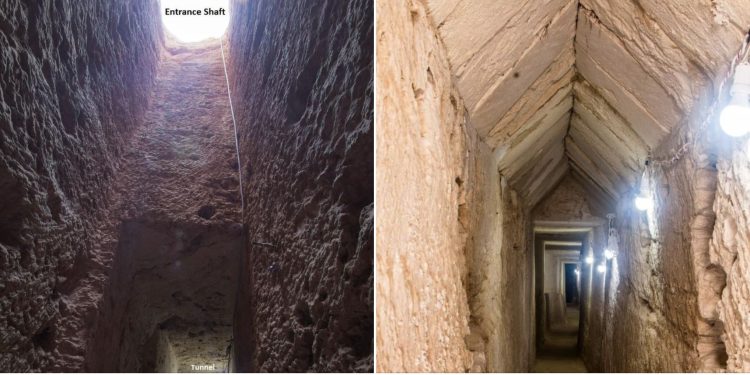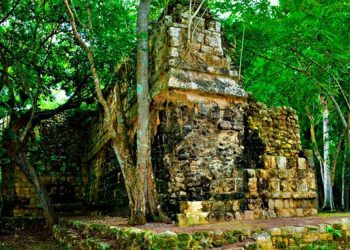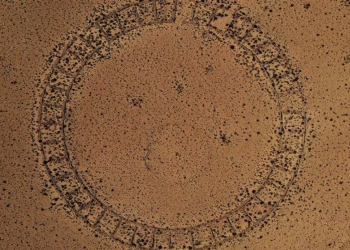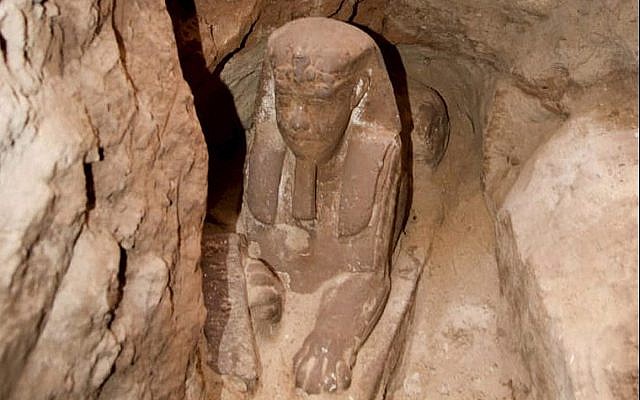During the 3rd century BC, Ptolemy II founded a city called Taposiris Magna. The city served as a trade center and a port for goods to be transported across the old Lake Mariout. It also received goods from the former trade routes, which are no longer navigable. It functioned as a connection hub for trade goods that were eventually transported to Alexandria. This city takes its name from the word “great tomb of Osiris,” which Plutarch identifies with an Egyptian temple.
More than a trade hub
Despite the fact that the importance of the cities primarily stemmed from trading, there is much more to the cities than that. Archaeologists have recently reported discovering a tunnel that was cut into the rock-hard ground. The tunnel extends for more than 1,300 meters and is located at a depth of some 13 meters. This is according to a report by the Egyptian Ministry of Antiquities. Initially, studies suggest that the Taposiris Magna tunnel dates to the Greco-Roman period in Egypt. The architectural design is similar to the Eupalinus tunnel in Samos, Greece. A rectangular limestone block, along with a variety of pottery and pottery buried under mud sediments, have been discovered in parts of the tunnel submerged under water.
Cleopatra and clues
The tunnel find supports the theory that the base of the city’s eponymous temple is also submerged in water. The team is currently in the early stages of conducting an investigation. This archaeological mission has previously excavated the site, uncovering 2,000-year-old tombs containing Greek and Roman burials with golden tongues, a stone head of Cleopatra, and 22 coins bearing her likeness. In addition, Ptolemaic king headless granite statues and gold leaf amulets were discovered by experts. But more importantly, and what brings excitement to this discovery, is the fact that one of the most famous rulers of ancient Egypt is likely to be buried there. As explained by archaeologist Kathleen Martínez, it is very possible that the tomb of the last queen of ancient Egypt, Cleopatra, is located here.
Have something to add? Visit Curiosmos on Facebook. Join the discussion in our mobile Telegram group.











